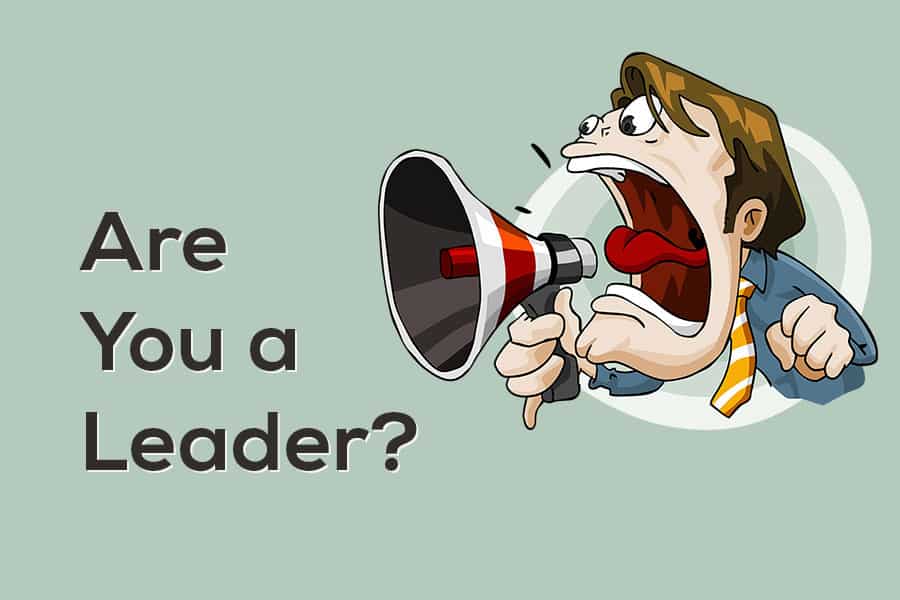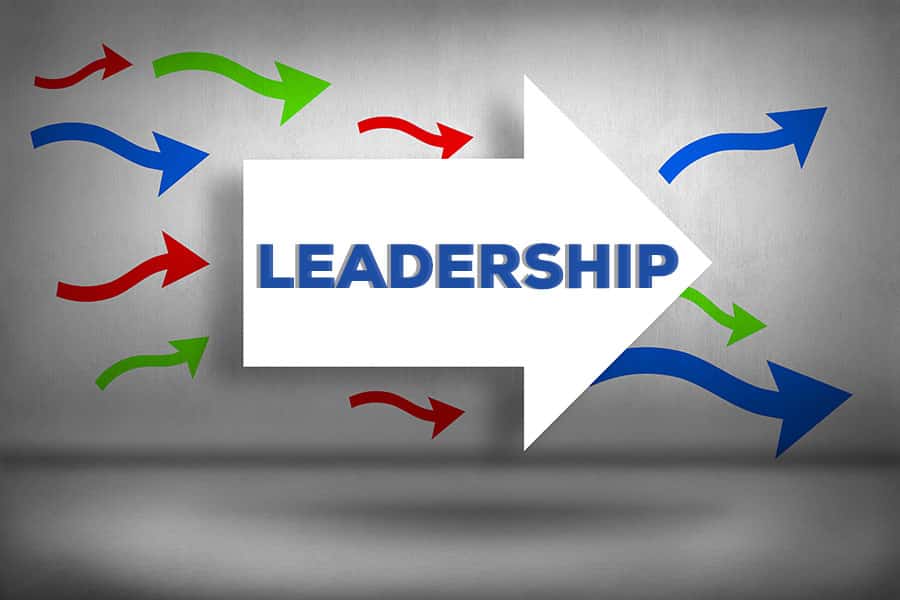Time for a New Look at Leadership

The art of leading was never easy – and it seems to be getting harder all the time. Communication is faster, connection is greater, markets are global, and whatever action we take is part of a great onrushing whirl of conversation and innovation.
In this world, what does it mean to lead? People can get all the information they need (apparently from whatever perspective they want) at the touch of a button. They can interact with whomever they want. So, the classical view of a leader as someone who simply issues information and direction is obsolete.
Leadership seems to put the focus on the leader. I think this is a mistake. Leading is about a relationship – between the leader and the others. The word followers is not a great term for those people, and we will be examining some alternative relationship definitions shortly. It takes two to have a relationship – but the leader is only one person. Engagement is the key ingredient that leads to increased performance and results.
“The host is both the first and the last” ~ Old Arabic proverb
Stepping forward and stepping back
I propose that the key question for a leader at every moment is:
”Are you going to step forward, or step back?”
You’re probably thinking that the answer is obvious – leaders step forward! Yes, of course they do – sometimes. The idea of such heroic leadership qualities is thousands of years old. Surely leaders go first, need to be brave, need to build confidence in taking people into the unknown and uncertain future.
We’ve been looking at how leadership is developing in the twenty-first century, and we are noticing a growing idea that leaders also step back sometimes. This needs a different mindset, changing the way we think about the role of the leader from the hero to the engager. There are many reasons for this shift – not least the pace of change, the growth in interconnection and moves towards a knowledge economy, where putting ideas into practice is more important than doing up the same bolt on a machine for thirty years. Modern leaders need to engage others, to encourage them to step forward and act – otherwise, the leader can end up pulling everyone else along, trying to have all the answers and exhausting him/herself in the process.
For some people, stepping back is quite a new idea. We find other leaders who are keen to step back – though they may try it and then struggle with what to do next. Many can’t resist the temptation to revert to action and trying to do every- thing once again.
This idea is not totally new, of course. Bill Walsh was coach of the San Francisco 49ers NFL football team for many years. Bob Johansen interviewed Walsh as part of his VUCA leadership research:
“His biggest challenge as a leader was deciding when to push and when to pull back. So he said he would consciously assess the mood of his organiza- tion, and if people were too comfortable, he would create a sense of tension and a sense of urgency. If they were too uptight, he would calm them and pull them back. So that’s the kind of delicacy of speed. It’s not just running fast all the time. Those that run fast all the time will wear out.”
So, stepping back can be good. How would it be if you knew when to step back, to invite action and contribution from others, and when to step forward again to nudge, move on or even change direction completely – on a moment-by- moment basis? Wow – that sounds like a big skill set, as one of our coaching guru friends put it. Yes, it is – however, the great part is this:
You already know how to do it!
At least in some ways, you already have some awareness and ability from your experience in hosting – whatever that might be – to know when and how to step forward and to step back.
The leader as host
This is a powerful idea. We all, at some level, know what a host does. We have all invited people around for a meal or a party. We have all been through the balance of preparation and engagement, the joy of introducing people to new friends, the balance of leading, organizing and participating. And we have all been guests too, experiencing the skill of a good host (and perhaps the clumsi- ness of a bad one) firsthand.
Hosts don’t just engage people by drawing them in. They introduce people to each other, make connections and act positively to bring together synergistic groups – people who can complement and add to each other’s qualities, skills and interests. The art of arranging – whom to put with whom, what might make an interesting group, even thinking about keeping specific participants apart – is a key element of the host’s skill.
Having drawn people together, a good host won’t dominate the situation. He/she will flit from one section to another, with a word here and a touch there, keeping an all-encompassing eye on how things are going. But the host won’t hog the limelight or become tiresome by constantly taking center stage. The host is always on the lookout for when to intervene and when to leave things ticking along – when to step forward and when to step back. The role of the host transcends and includes both. It entails awareness and timing – and acting instantly.
Many people around the world have commented to us that, while the notion of being a leader seems like a very big stretch for them, thinking of themselves as a host is much easier. This gives us a way in to what can be a very sophisticated and flexible leadership position.
But I’m not a host! What can I do?
The wonderful thing about metaphors is that they can inform our behavior in whatever situation we find ourselves, rather than constraining us into certain contexts. People often say to us, “I inherited my team when I took over the job! How can I be a Host Leader?”
We don’t have to be in a hosting position to let hosting inform what we do – to act like a host, and thereby transform relationships around us. Even if the team members were there to begin with, we can start to think of ourselves as the host and the others as guests – and see what happens.
Host Leadership is a way to take a leading position, in a way that draws others in, in a natural way. The details of how you do it will depend on your own culture, your own contexts and your own preferences.
By Dr Mark McKergow is the co-author of new book: “Host: Six new roles of engagement for teams, organizations, communities and movements”, to be published 6 October 2014 by Solutions Books in paperback (£11.99) and Kindle formats.
Add CEOWORLD magazine to your Google News feed.
Follow CEOWORLD magazine headlines on: Google News, LinkedIn, Twitter, and Facebook.
This report/news/ranking/statistics has been prepared only for general guidance on matters of interest and does not constitute professional advice. You should not act upon the information contained in this publication without obtaining specific professional advice. No representation or warranty (express or implied) is given as to the accuracy or completeness of the information contained in this publication, and, to the extent permitted by law, CEOWORLD magazine does not accept or assume any liability, responsibility or duty of care for any consequences of you or anyone else acting, or refraining to act, in reliance on the information contained in this publication or for any decision based on it.
Copyright 2024 The CEOWORLD magazine. All rights reserved. This material (and any extract from it) must not be copied, redistributed or placed on any website, without CEOWORLD magazine' prior written consent. For media queries, please contact: info@ceoworld.biz
SUBSCRIBE NEWSLETTER










